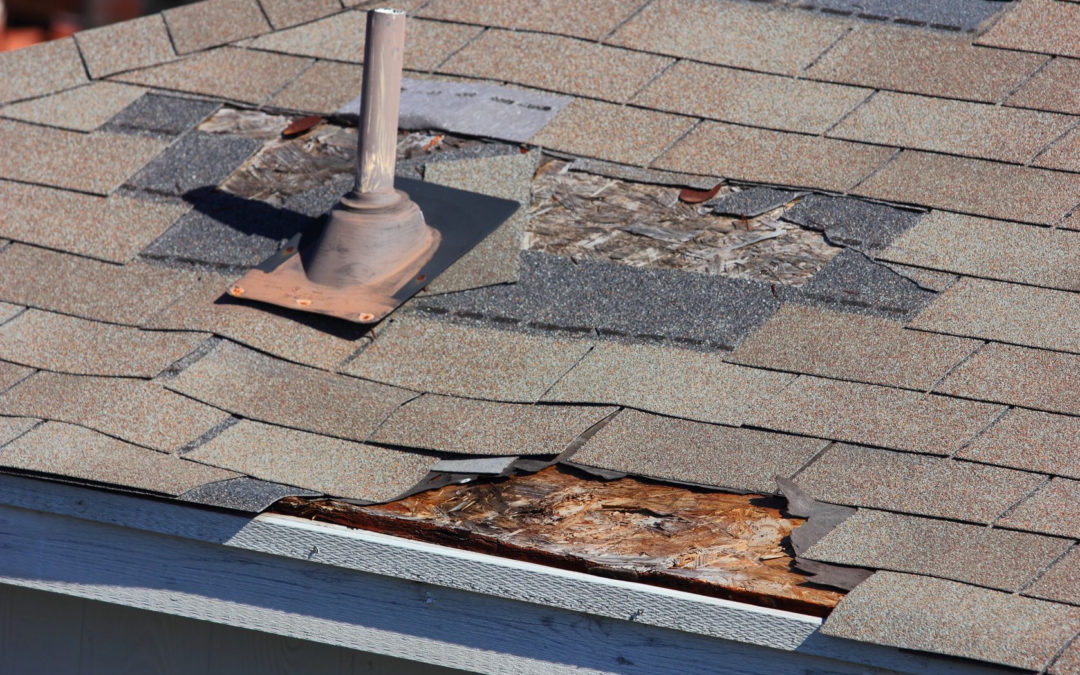Roof inspections are essential for identifying potential points and ensuring the longevity of your roof. Regular inspections can help detect issues early, stopping costly repairs or replacements down the road. Here are some frequent methods and steps for conducting a roof inspection:
Visual Inspection:
a. Exterior Inspection:
Start by inspecting the roof from the bottom utilizing binoculars or by safely climbing onto a ladder to get a better look.
Look for seen indicators of injury, corresponding to missing or damaged shingles, curling or buckling shingles, or loose or deteriorated flashing around roof penetrations.
Check for debris, moss, algae, or lichen development on the roof, which can point out moisture-related points.
Inspect the gutters and downspouts for granules from shingles, as excessive granule loss can signal shingle wear.
b. Interior Inspection:
Go into the attic or crawl area and examine the underside of the roof deck for signs of leaks, moisture, or water stains.
Look for daylight coming by way of cracks or holes in the roof deck, which can point out roof injury.
Check for signs of insulation harm, mildew, or mildew development, which can end result from roof leaks.
Roof Walk:
a. If it's safe to take action, walk on the roof surface to examine it up close.
b. Be cautious and wear applicable security gear, similar to non-slip footwear and a security harness if needed.
c. Look for any gentle or spongy areas, which could indicate underlying injury.
d. Check for loose or broken roofing supplies, in addition to indicators of damage and tear.
Moisture Detection:
a. Use a moisture meter to detect hidden moisture throughout the roof structure and insulation.
b. Moisture detection might help identify leaks or areas of potential water intrusion that will not be visible.
Drone Inspection:
a. Drones outfitted with cameras can provide a comprehensive view of the roof floor with out the need for direct physical entry.
b. A drone inspection can be especially helpful for bigger or hard-to-reach roofs.
Professional Inspection:
a. Consider hiring knowledgeable roofing contractor or inspector to conduct an intensive inspection.
b. The original source have the expertise, instruments, and experience to determine issues that will not be apparent to a homeowner.
Documentation:

a. Document your findings with photographs and notes to create a report of the roof's condition.
b. This documentation may be useful for tracking adjustments over time and for insurance claims or repairs.
It's important to carry out roof inspections frequently, ideally no less than every year, and after severe weather events like storms. Additionally, if you're not comfortable or assured in your capability to carry out a roof inspection safely, it is advisable to rent a certified roofing skilled to ensure a thorough and correct evaluation of your roof's situation..
